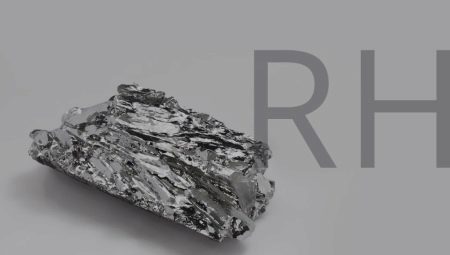Rhodium is a rare precious metal and is well known to jewelry lovers. Rhodium-plated spraying prevents the appearance of scratches and scuffs on precious products, helping to preserve the original appearance for a long time.
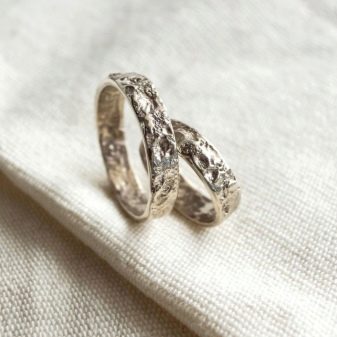
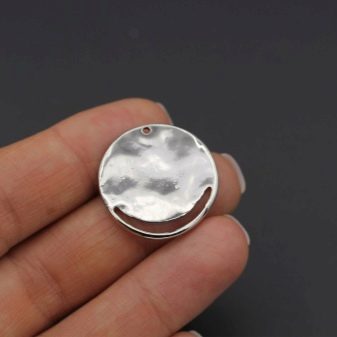
What it is?
Rhodium is a chemical element N45 from the periodic table belonging to the noble metals of the platinum group. The element was discovered by the Englishman William Hyde Wollaston in 1803 when working with a platinum solution. In it, a chemist discovered a bright pink powdery substance, called rhodium, which means “rose” in Greek.
Rhodium is one of the rarest and most expensive metals, due to the complexity of its separation from platinum on an industrial scale. In nature, it is present in minerals that include several platinoids in their composition. Experts note that to obtain 1 kg of this metal, several tons of native platinum are required. Wollaston isolated rhodium as follows: after synthesizing the sodium-hydrogen-rich salt of rhodium, it calcined a pink-red powder over a hydrogen flame for a long time, resulting in only a few drops of pure metal.
Later, through the efforts of Professor Lebedinsky, a new method of isolating rhodium was discovered. - exposure to a solution of salts of platinoids in cold. As a result of cooling, a precipitate was formed in solution, which was represented by rhodium and iridium compounds. This method is widely used in the chemical industry and is still used. Today, using the Lebedinsky technique, about 30 tons of pure metal are released annually.
The procedure, aimed at separating platinum and obtaining the purest rhodium, was called refining.
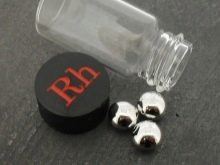
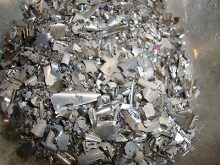
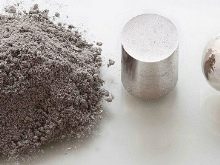
As for the appearance of rhodium, the red-pink hues are characteristic only of its compounds, while the metal itself looks like silver, although it is inferior to it in brightness. So, the amount of light reflected by this metal is 80%, while for silver this indicator is 95%. Despite this, in the manufacture of technical mirrors, rhodium is often used instead of silver. This is due to the refractoriness of the platinoid and its ability to work with increased density of electromagnetic radiation, including infrared. In other words, a rhodium coating can last for many years, while silver spraying under similar conditions will not last a day.
The characterization of the metal would be incomplete without mentioning its value. The price of pure rhodium is constantly changing and depends on the annual volume of production. So, in August 2016, a troy ounce of rhodium (31.1034768 g) cost about $ 700, but in subsequent years the price increased sharply. At the beginning of 2020, the cost of a one ounce rhodium bar was $ 9,000. The high cost is due to the fact that the metal does not have its own mineral and is contained in native platinum, nickel and copper ore, as well as in gold sands as a companion.
However, the highest content of rhodium is noted in the osmoid iridium variety - rhodium nevianskite, which includes about 11.3% of pure precious metal.
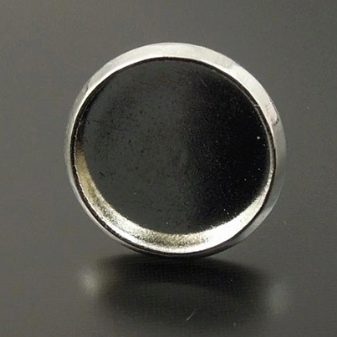
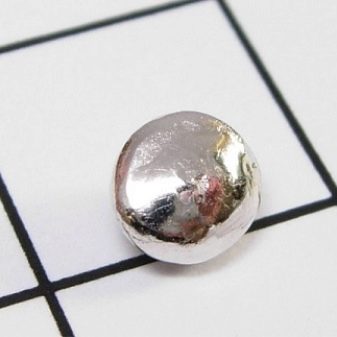
Composition and properties
Rhodium is a solid noble silver metal that surpasses its “progenitor" platinum in chemical resistance in many corrosive environments. The electronic formula of its atom is as follows: Rh - 1s 2 2s 2 2p 6 3s 2 3p 6 4s 2 3d 10 4p 6 4d 8 5s 1. The metal dissolves well during boiling in aqua regia (a mixture of HCl and HNO3), in H2SO4 concentrate (when heated) and in hydrogen peroxide. The melting point is 1964 ° C, the boiling point is 3697 ° C, the density of the metal at 20 ° C is 12.41 g / cm3. Rhodium belongs to the group of rare earth metals, in the solid state it has a silver color with a cold tint.
Rhodium is chemically stable, as a result of which it reacts very poorly with non-metals - exclusively upon reaching the temperature of red heat. Slow oxidation of the metal is possible only in the ground state and only at 1000 ° C.
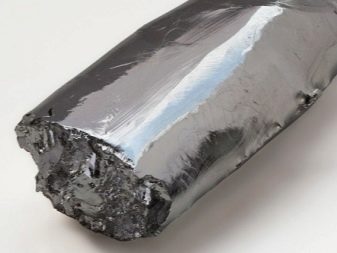
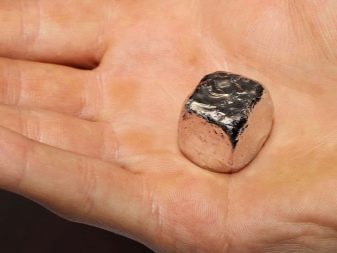
Due to the high ductility that occurs when heated to 850-900 degrees, the metal is transformed into a thin wire, from which, after several annealing and rolling, the thinnest foil is obtained.
An important quality of metal is its ability to change its shade, which is especially valuable in jewelry. So, when calcined at a temperature of 800 ° C, rhodium is coated with an oxide film, which disappears with an increase in temperature to 1000 ° C. Black rhodium is especially appreciated, which is indispensable in the manufacture of jewelry of the most exquisite configurations. Another property of the metal is its ability to act as a catalyst for most chemical reactions. So, with the help of crushed rhodium powder, ordinary wine alcohol can be converted into acetic acid.
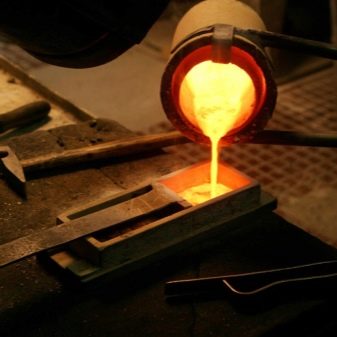
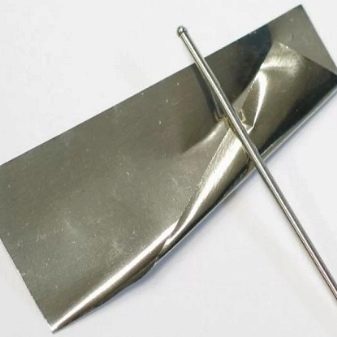
Deposits and Production
The annual global production of rhodium is 30 tons. Such small volumes of production are due to the low content of the element in the earth's interior and the absence of its own minerals. The main metal deposits are located in the Republic of South Africa, which supplies 75-80% of rhodium to the general market. Less rich deposits are located in Canada, Colombia and Russia - in countries with an average concentration of native platinum in the earth's interior.
In addition to refining, the extraction of its stable isotope from plutonium, uranium, and thorium, which are widely used in nuclear energy, is considered to be a promising method of metal mining.Obtaining rhodium in this way can solve the problem of high demand and insufficient volumes of metal mined in the fields. Taking into account the developed nuclear industry and the high content of rhodium in nuclear fuel (up to 400 g / t), the problem of rhodium deficiency can be solved, and nuclear energy will become the main supplier of this metal to world markets.



Where is it used?
The scope of rhodium is quite wide. Metal is in demand in many areas of the chemical industry and processing, where it is used as a catalyst, structural raw material and jewelry material.
Catalyst
In this capacity, metal is used in chemical reactions, the most common of which is the production of acetic acid from methyl alcohol. It is also used to create filter neutralizers designed to work with exhaust automobile gases. And rhodium-platinum alloys are considered the most effective catalysts in the production of HNO3 by the oxidation of ammonia by air, and no alternative to rhodium has yet been found in this production.
Today, up to 81% of existing catalysts have a rhodium base.
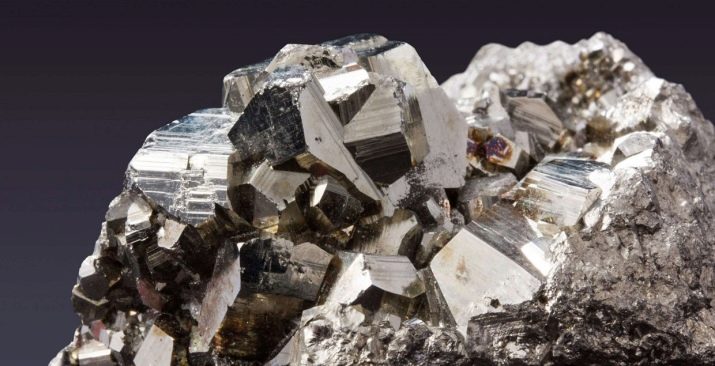
Construction material
Rhodium is indispensable in the manufacture of glass liquid crystal devices, for the production of which they take its alloy with platinum. In this regard, metal consumption is growing steadily in proportion to the growth in the production of modern gadgets. Rhodium is actively used in the manufacture of technical mirrors, searchlights and other reflective surfaces that will be used in extreme conditions and laser installations.
It is impossible not to mention the platinum-rhodium crucibles used for growing precious stones and crystals with electro-optical properties in laboratory conditions. In combination with iridium or platinum, the metal is often used for the manufacture of thermocouples necessary for measuring extreme temperatures (above 2200 ° C). It is impossible not to note the role of metal in the manufacturing process of laboratory test tubes and flasks used for chemical experiments. Due to the fact that rhodium does not interact with almost any substances, any compositions can be poured into such dishes.
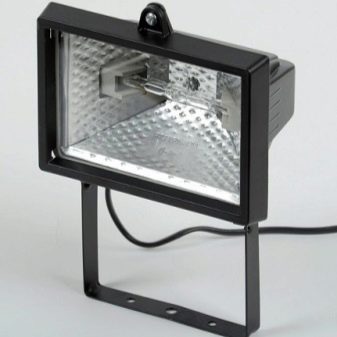

Jewelcrafting
Rhodium is widely used in the manufacture of jewelry, performing two functions at once - protective and decorative. For instance, silver coated with a thin rhodium layer acquires a deep shine, does not darken and does not oxidize in air, and wrought gold due to the high hardness of the metal (6 units per school. Mohs) becomes more durable and wear-resistant. In addition, metal is needed to produce white gold, which is very popular among jewelry lovers, and its oxides are involved in the creation of black gold - an avant-garde trend in the fashion of precious metals.
Cold, but at the same time deep and mesmerizing rhodium luster perfectly combines with cubic zirconia, zirconium, diamonds and precious metal inserts. In addition, metal is often used as a ligature in the manufacture of platinum and palladium jewelry. Rhodium-coated products do not require regular cleaning and retain their original shine for a long time.
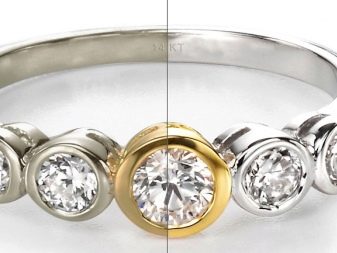
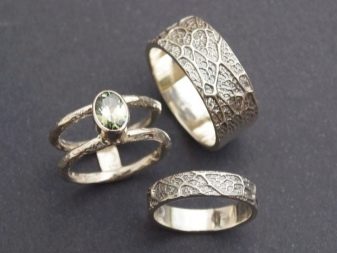
In addition to the decorative function, rhodium significantly reduces the allergenicity of white gold, which, with constant contact with the skin, causes redness and itching. A layer of this metal prevents the unpleasant consequences of wearing jewelry, which is especially valuable for people suffering from skin diseases. However, along with a large number of advantages, there are still disadvantages to rhodium: rhodium deposition requires periodic updating, and its very presence significantly increases the price of jewelry.
In addition to the considered applications, rhodium is used in the manufacture of coins. So, in 2009, the first pure rhodium coins were issued at the US Mint, which were not used as means of payment, but served as an object of investment. However, a little later (in 2014), the National Bank of Rwanda issued the first rhodium coin of 10 Rwandan francs, which began to be used as a means of payment.
Another area of application of this noble metal is the nuclear industry. Rhodium detectors are successfully used as measuring instruments for neutron fluxes in nuclear reactors.

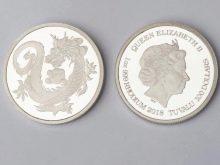

What radio components does it contain?
In Soviet times, it was believed that many radio components were made of pure rhodium. However, this was far from the case, and metal was used only to cover the contacts of connectors. It was unsuitable for the manufacture of the parts themselves, since they were fragile and excessively brittle enough. But as a coating, it was indispensable, due to its good resistance to corrosion and a high reflection coefficient of electromagnetic rays. Rhodium plated had contacts (reed relays) of the RES-55 (A) type in the series RS 4569601, RS 4569602, RS 4569603, RS 4569604 and RS 4569605.
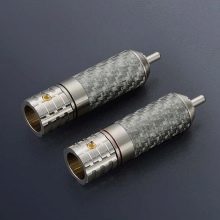
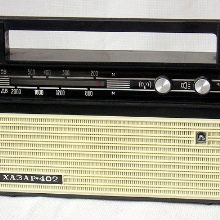
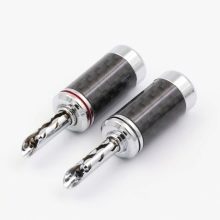
The following video will tell about what rhodium gold is.
